Easter Island, or Rapa Nui as it is known by the local inhabitants, has captivated people from all around the world for centuries. The mysterious island located in the southeastern Pacific Ocean is renowned for its giant monolithic statues called Moai that stand guard along the coastline. But what lies beneath these iconic figures? Recent research suggests that there may be a hidden secret to Easter Island’s famous heads – their bodies!
The discovery of Easter Island’s moai began in 1722 when Dutch explorer Jacob Roggeveen first documented them. Since then, travelers and archaeologists alike have studied them with great interest due to their unique appearance and size. It was believed that they were just large heads carved from volcanic rock; however, new evidence indicates otherwise. Through modern technology such as ground-penetrating radar and 3D imaging, researchers have revealed an astonishing truth: each of the massive stone sculptures also has a body buried below it!

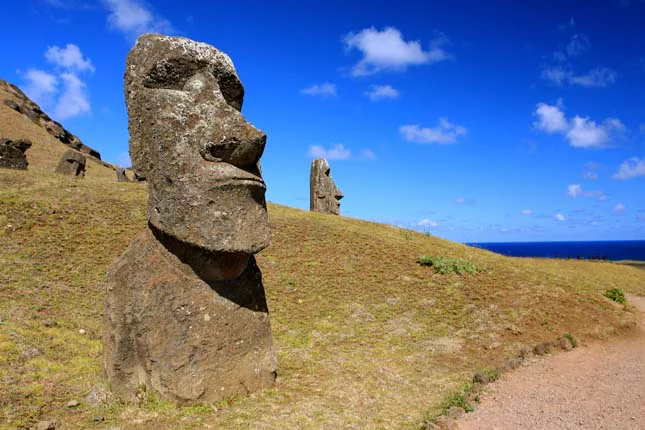

This revelation has opened up numerous questions about why these statues are so significant and who created them. Who decided to bury half of each statue underground? What purpose did this serve? And how does this change our understanding of Easter Island culture and history? These are the questions that researchers hope to answer through further exploration into this intriguing find.
Uncovering The Mystery Of The Easter Island Statues
The Easter Island statues have been a source of mystery for centuries. These monolithic sculptures, commonly known as ‘moai’, are believed to represent the ancestors of the ancient Rapa Nui people who once inhabited the island. But what lies beneath these enigmatic figures? It is only recently that researchers have begun to uncover the secrets of the moai and their hidden bodies.


Recent excavations suggest that each statue was carved out of volcanic tuff stone, then placed atop an ahu or ceremonial platform. This added support would’ve enabled them to stand upright while also protecting against erosion caused by wind and waves. However, it wasn’t until 2017 when archaeologists unearthed evidence confirming that there were indeed buried bodies beneath some of the heads!
So far, three different sets of skeletal remains have been found at various sites on Easter Island. The bones belonged to individuals aged between 20-30 years old and date back around 1,000–1,500 AD; which coincides with when most statues were first erected. After conducting analysis on one set of remains in particular, scientists concluded that this individual had died within two months prior to being laid under the base of their respective moai – suggesting they may have served as part of a funerary ritual for high ranking members of society.
These discoveries offer valuable insight into how important ancestor worship was among ancient Polynesians communities like those on Easter Island. While much still remains unknown about these mysterious monuments and why certain individuals were chosen for burial underneath them, ongoing research continues to shed light onto this incredible culture’s fascinating past.
Investigating The Design And Construction Of The Easter Island Statues
The mystery of the Easter Island statues has captivated people since their discovery. Investigating the design and construction of these remarkable sculptures is a key part of unlocking this enigma. Scholars have long sought to understand how ancient Polynesians created such large figures with limited tools and resources.


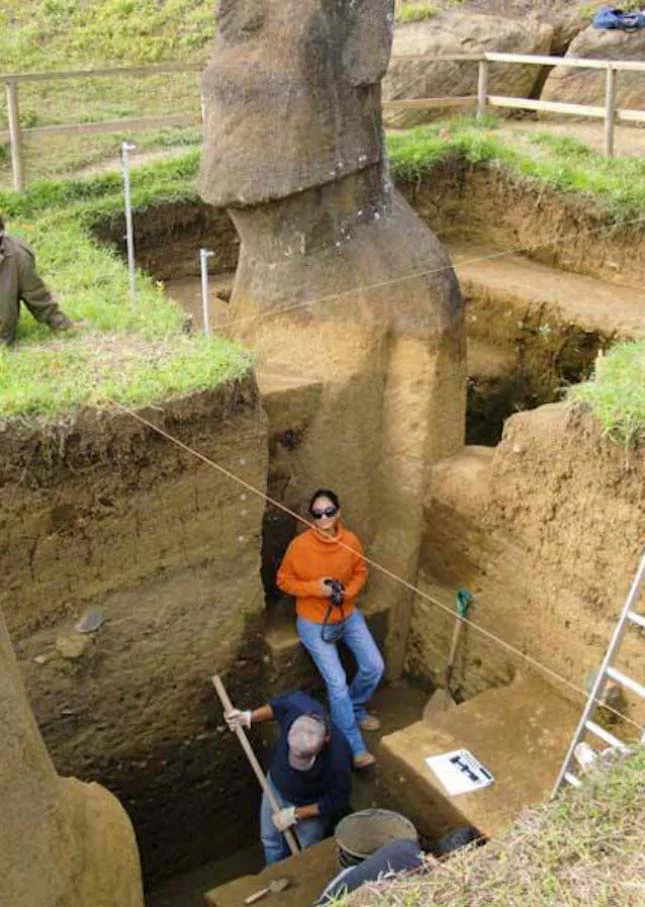


To gain insight into the process, researchers must first consider what materials were available on Rapa Nui (Easter Island). It’s believed that most of the statues were carved from volcanic tuff rock found on-site – which would’ve been relatively easy for them to shape. But why did they choose to carve human heads? It’s likely because it was easier than carving full bodies or other shapes in the same material.
Archaeologists also note that many of the sculptures are similar in size and style, suggesting an intentional uniformity among them. This could indicate that there was some kind of established protocol when creating them – perhaps even a ‘school’ dedicated to teaching statue making techniques.
The fact that all sixteen moai at Rano Raraku face inward may be further evidence of this theory; indicating that they served as markers or boundary stones for something important within the area.
Uncovering more details about these powerful pieces will help us better understand the culture behind their creation and provide closure on one of history’s greatest mysteries. Further study is needed to see if any new discoveries can shed light on who built them and why – but until then, we can only speculate about their purpose and meaning.


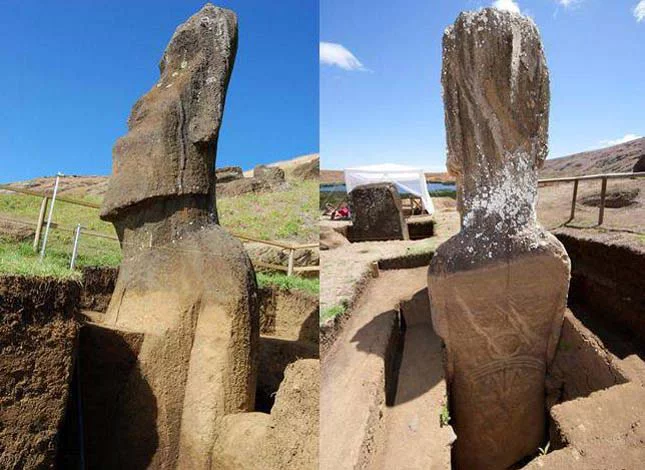

The Easter Island statues have captivated the imagination of people for centuries, and it is only recently that their true purpose has been revealed. While many may still view them as mysterious monolithic heads, we now know that beneath each one lies a hidden body. This knowledge adds context to our understanding of this iconic work of art, drawing attention to its advanced design and construction.
It also gives us insight into the history and culture of the Rapa Nui people who created them – a testament to their ingenuity and craftsmanship. As such, these statues remain an important symbol in today’s world: serving both as reminders of our collective past and inspiring visions of what can be achieved through collaboration and innovation.





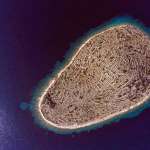
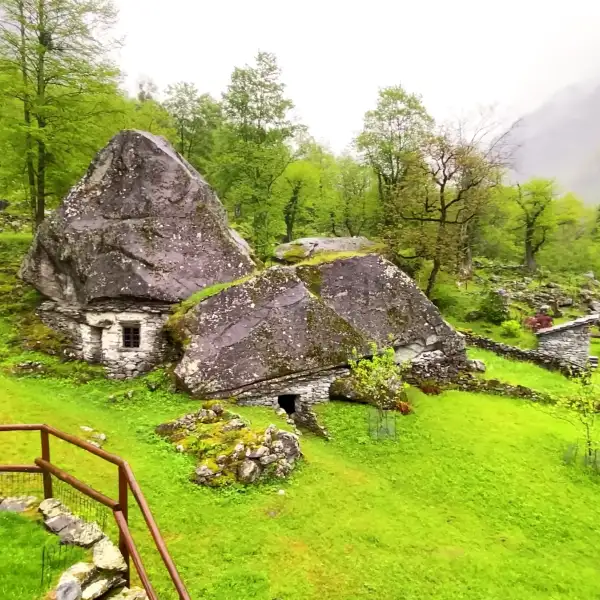







Leave a Comment